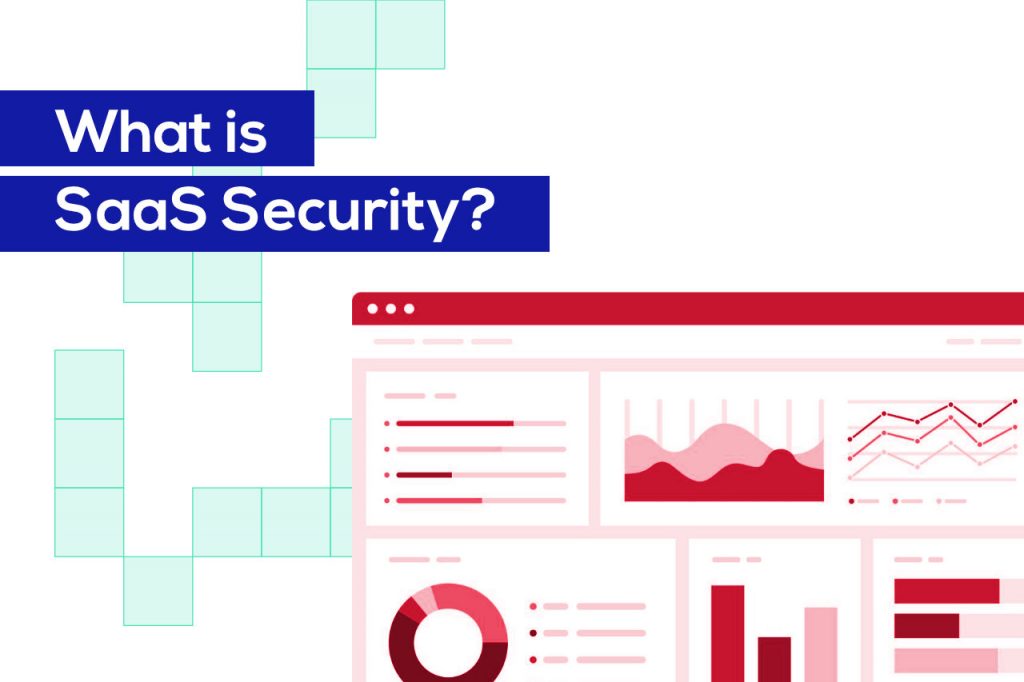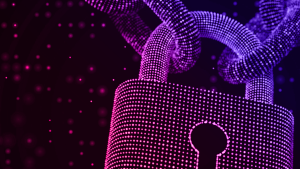Cloud storage models such as SaaS, IaaS, and PaaS are changing how companies conduct themselves internally and in the market. From small, medium to large enterprises, decision-makers across revenue tiers are shifting gears to adopt cloud computing into their business process and products/services.
This blog will focus on SaaS (Software as a Service), especially the importance of strengthening the security of SaaS applications. So, let’s understand various methods used for strengthening the security of SaaS applications.
But first,
What is SaaS Security?


SaaS security is the managing, monitoring, and safeguarding of sensitive data from cyber-attacks. With the increase in efficiency and scalability of cloud-based IT infrastructures, organizations are also more vulnerable.
SaaS maintenance measures such as SaaS security posture management ensure privacy and safety of user data. From customer payment information to inter-departmental exchange of information, strengthening the security of SaaS applications is vital to your success.
To help this cause, regulatory bodies worldwide have issued security guidelines such as GDPR (General Data Protection Regulation of EU), EU-US and the Swiss-US Privacy Shield Frameworks.
Every SaaS business must adopt these guidelines to offer safe and secure services. Whether you are starting anew or adding an aspect to your IT arsenal, SaaS security is essential for successful ventures.
Who needs SaaS Security?
Do you cater to a sizeable market?
Do you deal with hundreds of concurrent sessions?
Are these sessions run by thousands of users every day?
If your answer to the above questions is yes, SaaS security is a must for you. Moreover, if you relate to the following statements, you need to have s SaaS Security system in place on the double!
- I wish to eliminate the legacy IT infrastructure. It gets outdated faster than we can adapt to it. However, I am worried about data privacy.
- I am sure that SaaS and cloud-based technologies are the future, but how does one ensure that there are no data breaches?
- It is high time that we employ cloud-based products and services. The competition is killing us in the market. But how will we secure user data without physical servers?
Whether you’re an established business or an upcoming start-up, safeguarding user data proves to be very helpful in attracting, engaging, and retaining customers. Hyper-competitive markets of today leave no space for error. A single data breach can be the cause of your SaaS business being blacklisted in the minds of consumers forever.
The Anatomy of SaaS Security
Every organization offering a cloud-based service can leverage preventive measures such as SaaS security posture management to continuously monitor and protect sensitive information.
Let us understand the anatomy of SaaS security in cloud computing environments. If we look at an ideal SaaS product technology stack from a bird’s eye view, it forms a three-layer cake where each part represents different environments.
Three layers of SaaS security:
- Infrastructure (server-side)
- Network (the internet)
- Application and Software (client-side)
Infrastructure
The server-side of your technology stack refers to the internal exchange of information. For instance, if your SaaS business is using AWS, you must secure every point of information exchange between the cloud storage provider and your software platform.
Every IoP initiated from the client-side starts at this level. Moreover, depending upon the kind of storage you purchase (shared, dedicated, or individual server), you must enhance your SaaS security measures.
Network
The exchange of information between the server-side and client-side is done over the internet. This is by far the most vulnerable layer of every SaaS business. Hackers are well versed in finding back-doors through weak encryptions of data packets exchanged over the internet.
The effectiveness of SaaS security is directly proportional to the integrity of data encryption methods and the ability for real-time monitoring of information exchange over the internet. With the advent of digital payments and online KYCs, businesses are constantly sending and receiving sensitive information. Hence it becomes even more important to install network security measures.
Application and Software
Application and software are the final layers of SaaS security. As mentioned above, a single data breach could very well be the cause of unparalleled user attrition. Therefore, to ensure the safety of user data, we must deploy impenetrable SaaS security measures.
We must ensure that all the 3rd party applications and software that you use are continuously monitored. Further, the unpredictability of the client-side environment demands higher standards of security measures than conventional methods.
SaaS Security Best Practices for Secure Products
The competition in every market is such that companies must necessarily evolve and introduce new features/tools in existing SaaS products. Whether you are removing bugs or adding new features, it is crucial to have security processes for such events. Let’s take a look at SaaS security best practices that you can follow for your organization:
Encryption is a must
Data encryption ensures that every piece of information is protected from cyberattacks at all times. From internal communication to customer service conversations, your data must be encrypted at all times. Here are a few encryption types that you can employ in your SaaS product:
- Data Encryption Standard (DES)
- TripleDES
- RSA
- Advanced Encryption Standard
- TwoFish
All of these encryption types enhance the security of your SaaS products through their innate mathematically secure algorithms made by the brightest minds in data encryption.
Back-up User Data in Multiple Locations
Effective customer data management is essential for offering satisfactory services. Backing up user data in multiple locations, i.e., disaster recovery ensures that one system’s failure does not compromise the ability of the entire infrastructure. Many cloud platforms offer backup functionality. However, you must be diligent with timely backups.
Customer Education
A Gartner’s report suggests that over 95% of all cloud security failures will happen from the consumer end. When onboarding a new user, it is essential to educate them about the best practices for data safety. Ensure that your customers know the standard operating procedures of your SaaS platforms. Vigilant subscribers will serve as additional security layers for your organization.
Compulsory Strong Passwords
The virtual world is all about passwords, from email to banking; passwords primarily protect everything. Hackers these days are becoming intelligent at cracking passwords based on the public information available on the internet. Therefore, you must have strong password policies that ensure users set strong passwords that cannot be cracked easily.
Consult a SaaS Security Firm
When in doubt, consult an expert. SaaS security firms such as Cloudlytics employ the brightest minds in data encryption, software monitoring, and AI-based vigilance. You can leverage our testing protocols and monitoring systems to build a safe and secure SaaS platform.
How can Cloudlytics help?
Cloudlytics is a cloud-driven security provider for modern enterprises that offer compliance solutions, security analytics, and asset monitoring. Over the years, we have had the good fortune of working with enterprises from various industries such as OTT platforms. We offer an extensive range of future-proof SaaS security solutions such as:
Compliance Manager
An all-inclusive compliance manager maintains an unwavering security posture by identifying, prioritizing, and remediating compliance. The platform offers actionable insights on the well-being of your SaaS platform and user information.
Event Analytics
Driven by machine learning and big-data analysis, event analytics solutions from Cloudlytics present a secure environment for developing resolute applications of the future.
AWS Architecture Review
AWS architecture review offers a detailed analysis of your AWS environment. It employs a structured framework of testing operational excellence, security, cost optimization, and performance of your hosting environment.
Cloud Intelligence Engine
Record resource configurations and capture changes with cloud intelligence engines. The SMART engine helps organizations retain configurations long after the resources have been deleted.
These are a few of the many ways that Cloudlytics can help you build SaaS security measures for successful future platforms. We are passionate about security because we believe that the world would be a better place if our data is secure against malicious forces of the internet.
Let’s build impenetrable SaaS platforms that offer safety and security to their users. Get in touch to know more about Cloudlytics SaaS security products and services.








